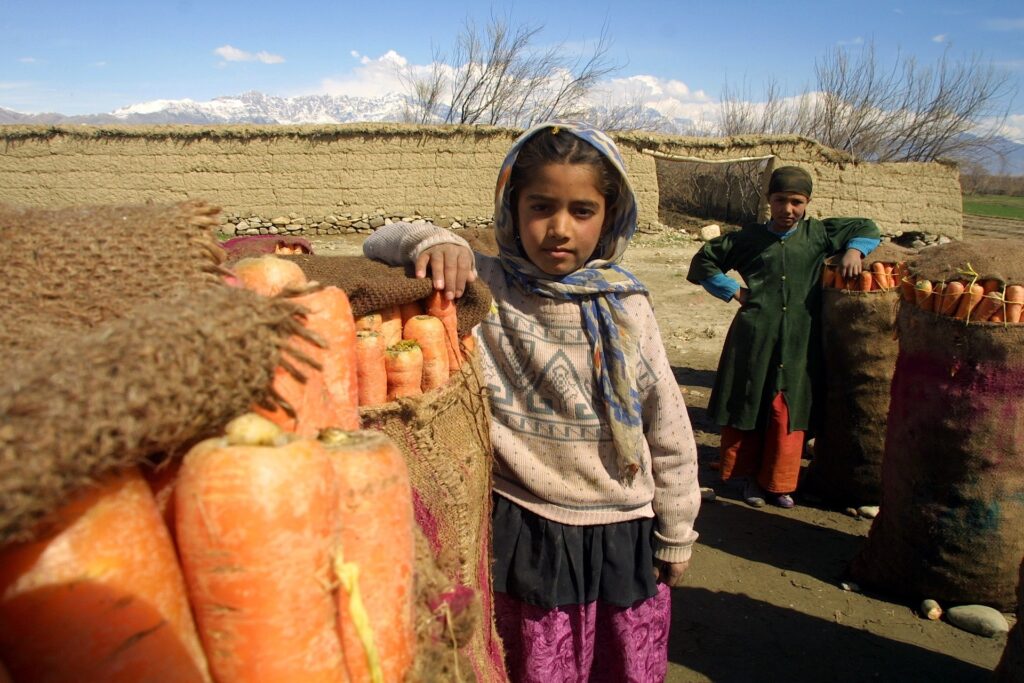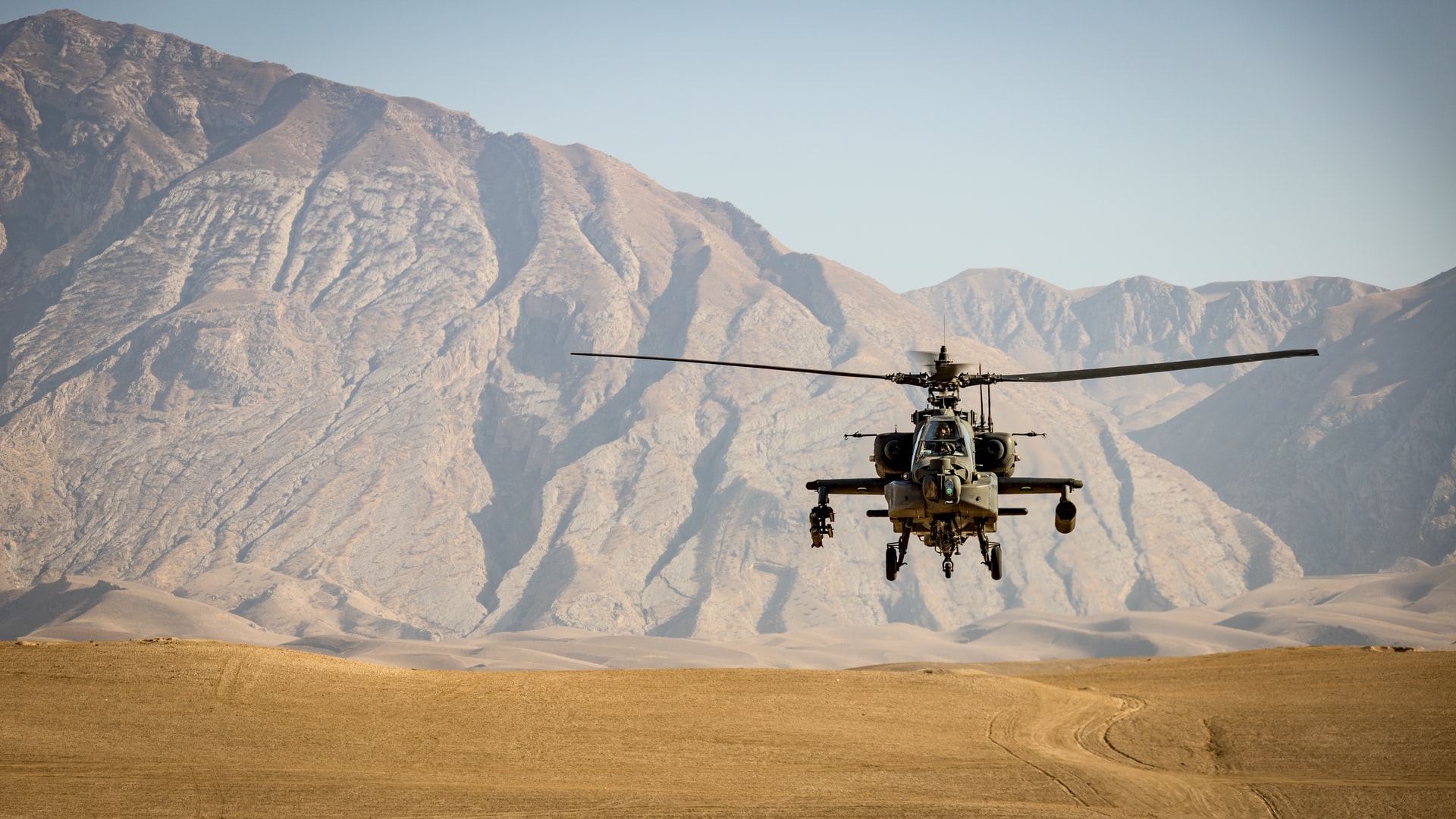The debacle otherwise known as the ‘War in Afghanistan’ lasted 20 years, making it far and away the longest war the USA has ever been involved in. After two decades of fighting, over 100,000 deaths and at a cost of almost a trillion dollars, the resurgent Taliban is now back in control.
Was it worth it? well, on the positive side, in a 2015 report, 80% of the Afghan population believe that originally driving the Taliban out of power was a good thing. In addition, 77% were happy with the foreign troop presence, and let’s not forget that the Obama Administration found and killed Osama Bin Laden in 2011.
This conflict was not just a clash of armies, but a clash of two very different cultures. Afghanistan has been called the graveyard of empires. Many great powers have tried to tame this arid landscape – the British Empire (twice), followed by the Soviet Union, and now the USA – but none have successfully conquered it, much less brought it under their control.
UNIQUE LOCATION
This unique nation is home to 14 different ethnicities who, for a long time, had more in common with their foreign neighbours than their own countrymen. The largest of these groups are the Pashtuns, Tajiks and Uzbeks. However, the Afghan population has always been isolated from the rest of the world thanks to the tall, surrounding peaks of the Hindu Kush mountains.
This isolation allowed it to remain a land of nomadic farmers and tribal fiefdoms well into the 20th century. Before the US and her allies entered Afghanistan in 2001, the country had already spent several decades mired in civil war.
Previous efforts to modernise and develop Afghanistan (which always scores low on the UN’s human development index) were destroyed by the Communist revolution in 1978, and the Soviet invasion in support of said Communists against islamic rebels, just one year later.
FIGHTBACK
The resistance was supported by USA, Saudi Arabia and their neighbours in Pakistan, who had a keen interest in building a relationship with Afghanistan and making sure they didn’t form any kind of alliance with India.
The Pakistan intelligence agency, the ISI (Inter-Services Intelligence), acted as the go between between the rebels and their foreign supporters, who furtively provided them with money and weapons. The Soviet presence inspired a nationwide rebellion, and the rebel forces became known as the Mujahideen.
They were a strange alliance of tribal warlords and jihadis, all united by their Islamic faith. They were joined by many volunteer soldiers from other muslim countries, including a wealthy young Arab called Osama Bin Laden.
Using the Afghan mountain terrain to their advantage against the frequently bogged Soviet tank divisions, the Mujahideen triumphed and in 1989, the Red Army withdrew. With the foreign threat now removed, the diverse Mujahideen forces ended up fighting amongst themselves, and the nation was once again thrown into turmoil.
Out of this chaos emerged the infamous ‘Taliban’ (translation “Students”). This was a group of Pashtun fundamentalists under the command of former academic, Mohammad Omar.
RISE OF THE TALIBAN
The Afghan people never loved the Taliban, but figured that a stable government would be an improvement on the current state of anarchy. Unfortunately, this gave the green light to one of the most vicious totalitarian regimes on the planet.
The Taliban’s violent enforcement of their own crazy laws resulted in the mass murder of civilians, destruction of farms and villages, in addition to the suppression of women and minorities such as Hindu’s and Shia Muslim’s. Afghanistan also became a refuge for all sorts of terrorists and criminals, including a now famous Bin Laden, and his new terrorist network known as ‘Al Qaeda’ (translation “The Base”).
When Al Qaeda carried out the 9-11 Terrorist attacks, Bin Laden and his lieutenants knew that the US would be coming for them, so they had already gone underground before the invasion commenced.
In his official televised response, President Bush demanded that the Taliban hand over Bin Laden and expel the other members of Al Qaeda, or the US forces would smash their illegal regime to pieces. Mullah Omar refused, saying that Bin Laden was a good Muslim, therefore he was obliged to shield and protect him.
Several years earlier, former Mujahideen rivals had made peace and united to form an ethnically diverse resistance movement, commonly known as the Northern Alliance. By 2001 they were confined to the Northeast corner of Afghanistan, whilst the Taliban controlled around 90% of the country.
On October the 7th, the United States Air Force moved in and obliterated the Taliban’s air defences in just 24 hours. The next day, American and British troops, working in conjunction with the Northern Alliance, began an extensive ground assault. The coalition forces captured city after city, with surprisingly little resistance from the Taliban, whose leaders were suspiciously absent.
When the major Taliban stronghold of Kandahar was taken in December, the regime had officially been defeated. A previously unknown tribal leader named Hamid Karzai became Afghanistan’s new caretaker President until he was officially elected in 2004. Unlike the Taliban, his government was recognised by the United Nations.
THE REAL WAR WAS JUST BEGINNING
By the end of 2001 there was still no sign of Bin Laden or the Al Qaeda leadership. Intelligence reports suggested that they had fled into the white mountain cave network at Tora Bora. Coalition forces attacked and were moderately successful, but Bin Laden and his associates escaped across the border into Pakistan.
Possibly there to provide cover for their leaders, some 300 Taliban fighters were located in the eastern valley. The US sent in ground troops and air support in a campaign known as Operation Anaconda. It was a disaster. They were smashed by a well prepared enemy, who later fled across the border also.
The Americans relied heavily on local Afghan militias for their intelligence, and paid them accordingly. Journalist Michael Ware suggested that this was a huge mistake because Bin Laden would have given these militias larger payments to provide the yanks with false intelligence – Hence his easy escape.
Whilst in Pakistan, the Taliban reorganised, trained more fighters and began a massive campaign of insurgency, using guerilla tactics similar to the kind of warfare America struggled to cope with in Vietnam.
Phase 2 of the US operation took place from 2002-2008, with the express goal of finishing off the Taliban militarily and rebuilding the nation of Afghanistan. The project was a spectacular failure.
THE IRAQ ISSUE
The US invasion of Iraq in 2003, diverted much needed funds and troops out of Afghanistan and into the Iraqi conflict, and with much confusion and poor communication between the Afghan civilian authorities and military officials, very little progress was achieved.
Meanwhile, the Taliban insurgency gained momentum, and civilians were starting to get tired of the foreign troop presence. By 2007 there were more international troops in Afghanistan than ever before, with personnel from 46 countries under the command of a US General.
The third phase began in 2008 and saw a further increase in troops, with the goal of counterinsurgency against the re-energised Taliban. The Karzai government was stifled by corruption and regional disagreements, and began losing control of the country.
There was also intelligence which suggested that Pakistan was secretly helping the Taliban, whilst publicly supporting the international forces. In fact the Americans carried out several drone strikes on militia groups in Pakistan, and in May 2011 President Obama announced that a Navy Seal operation in Abbottabad, in eastern Pakistan, had located and killed Osama Bin Laden.
POST BIN LADEN
2012 saw several war crimes committed by coalition forces and thus soured the already testy relationship between the US and the Afghan government. September 2014 saw Ashraf Ghani replace Hamid Karzai as President, and he immediately signed a security agreement which authorised a large international force to remain in the country.
Today the amount of Jihadi’s in Afghanistan, the Middle-East and North Africa who hate America and the west, has tripled! In February 2020, the Trump administration negotiated a fairly weak Peace deal with the Taliban. Although, the Biden Administration made no attempt to amend it. The withdrawal of the US and her allies was never going to be smooth.
Much criticism has been levelled at President Biden, but the fact that he evacuated over 120,000 people in just over a week, and no shots were fired at the departing aircraft by the Taliban, is a massive credit to his administration. The only attack on the airport came from ISIS-K, a new branch of the old death cult which has recently sprouted up in Afghanistan. They are not friends with the Taliban.
SEPTEMBER 11, 2001
So twenty years on from the horrendous events of 9-11 what is the legacy of that fateful day? Journalist Keith Olbermann, who lost several friends that day, opines that after momentarily uniting and trying hold ourselves to a better standard, the likes of Bush, Cheney, Rumsfeld, Ashcroft etc turned America’s response into one of revenge. They turned not to justice, but to torture, and even boasted about it.
By undertaking this course of action they sent a very clear message to the world, that hate, violence and cruelty were now the way that America would solve her problems – both foreign and domestic. Filmmaker Michael Moore says that you can draw a straight line from the attacks on 9-11 to the Trump worshippers savage insurrection on January 6 earlier this year.
IN CONCLUSION
The Taliban have never enjoyed more than 10% approval from the Afghan people (which is why they are terrified of democratic elections). They have become slightly more moderate in their ideology since 2001, but they are still unpopular.
The problem with the whole war seemed to be the complete lack of purpose by the USA – what did they want and what did they really come for? Afghanistan is too diverse for a centralised system of Government. If the objective was to eliminate Islamic extremism and turn Afghanistan into a liberal democracy, then it was a completely unrealistic goal which was doomed from the start.


